Your One-Stop Shop for Everyday Essentials & Unique Finds
Dog Safety First: Best Practices for Pet Protection
The Importance of Dog Safety
Imagine the joy of your dog’s wagging tail greeting you at the door, the boundless energy they bring to your home. Now, imagine a sudden accident that turns that joy into panic. Dog safety isn’t just a matter of convenience—it’s a crucial aspect of responsible pet ownership. Ensuring your furry friend’s protection can prevent heartbreak and unnecessary stress. From hidden household dangers to outdoor perils, there are countless risks that can jeopardize your dog's well-being. But don't worry, with the right knowledge and practices, you can create a safe, nurturing environment where your dog can thrive. Prioritizing your dog's safety means more playtime, more tail wags, and most importantly, a healthier, happier life for your beloved companion. Let’s explore the essential steps to keeping your dog safe and sound.
Home Safety: Creating a Safe Haven for Your Pet
Dog-Proofing Your Home: Tips and Tricks
Your home is your dog’s castle, but it can also be a minefield of potential hazards. Dog-proofing your home is essential to ensure your pet’s safety and peace of mind. Start by getting down to their level—literally. Crawling around on your hands and knees will give you a dog's-eye view of potential dangers. Secure electrical cords out of reach, and consider baby gates for areas you’d like to keep off-limits. Stairs can be particularly dangerous for puppies and senior dogs, so install gates to prevent accidental falls. Ensure that small objects, which can be easily swallowed, are kept off the floor. Simple adjustments can prevent major accidents.
Securing Hazardous Areas and Items
Certain areas of your home are naturally more dangerous than others. The kitchen and bathroom, for instance, are hotspots for hazardous items. Keep these areas off-limits when you’re not around to supervise. If this isn’t possible, ensure all dangerous items are stored safely out of reach. Invest in childproof latches for cabinets containing cleaning supplies, and always keep toilet lids closed to prevent curious snouts from dipping into potentially harmful water. Additionally, be mindful of trash cans—dogs are notorious for their scavenging habits, which can lead to them ingesting dangerous substances or choking on foreign objects.
Safe Storage for Cleaning Supplies and Medications
Cleaning supplies and medications pose significant risks to your dog. Many household cleaners contain chemicals that are toxic to pets, and medications, whether prescription or over-the-counter, can be deadly if ingested. Store these items in high cabinets or locked drawers. Consider using pet-safe cleaning products, which are free of harsh chemicals and safe for use around your furry friend. When disposing of cleaning supplies or medications, ensure they are out of reach of your dog until they can be safely removed from the home.
Safe Spaces: Creating Comfortable and Secure Zones for Your Dog
Dogs need their own space to feel secure and comfortable. Create safe zones in your home where your dog can retreat to rest and relax. This could be a cozy corner with their bed and favorite toys, or a designated room where they feel safe. Ensure these areas are free from potential hazards like dangling cords or small, objects. For dogs that suffer from anxiety, particularly during storms or fireworks, consider investing in calming products like anxiety wraps or diffusers.
Safe Toys and Chews: Avoiding Choking Hazards and Toxic Materials
Toys and chews are essential for your dog's mental stimulation and dental health, but they can also pose serious risks if not chosen carefully. Opt for toys that are appropriately sized for your dog's breed and age to prevent choking. Avoid toys with small, detachable parts that can be easily swallowed. Similarly, steer clear of chews that splinter or break apart easily. Instead, choose durable, non-toxic materials that can withstand rigorous play. Regularly inspect toys for signs of wear and tear, and replace them as needed to ensure yours dogs safety. 
Ensuring your dog's safety at home requires diligence and foresight, but the peace of mind it brings is worth the effort. By dog-proofing your home, securing hazardous areas, safely storing cleaning supplies and medications, creating comfortable safe spaces, and choosing safe toys and chews, you’re taking essential steps to protect your furry friend. In turn, this fosters a safe, happy environment where your dog can thrive.
Outdoor Safety: Protecting Your Dog Beyond the Front Door
Safe Walks: Essential Gear and Best Practices
Venturing outside with your dog can be a joyful experience, but it's essential to prioritize safety. Start with the right gear: a sturdy leash, a comfortable harness, and ID tags with up-to-date information. Reflective gear is crucial if you're walking at dawn, dusk, or night to ensure visibility. When walking, keep your dog on a short leash near traffic or in crowded areas. It's always best to remain vigilant for potential hazards like broken glass, sharp objects, or hot pavement that can harm your dog's paws. Regularly check the fit and condition of your dog's gear to prevent escapes or injuries.
The Importance of Leashes and Harnesses 
Leashes and harnesses are more than just accessories—they're lifelines that protect your dog from unexpected dangers. Harnesses distribute pressure more evenly across your dog’s body, reducing the risk of injury compared to collars. They also give you better control, which is especially important in high-traffic areas or when encountering other dogs. Ensure the harness fits snugly but not too tight, allowing two fingers to fit between the harness and your dog's skin. Using leash with a secure clasp and the right length for your environment helps maintain control while giving your dog freedom to explore safely.
Choosing Dog-Friendly Walking Routes
Selecting dog-friendly walking routes can make a huge difference in your pet's safety and enjoyment. Look for areas with designated walking paths, parks, and dog-friendly zones. Avoid busy roads and construction sites where noise and traffic can be overwhelming. Many communities have trails specifically designed for dog walking, complete with water stations and waste disposal bins. Always stay informed about local wildlife and plant species that might pose a threat to your dog. Consistently choosing safe and enjoyable routes will make walking a positive experience for both you and your pet.
Yard Safety: Creating a Secure Outdoor Space
Your yard should be a sanctuary where your dog can play and relax without worry. Begin by securing the perimeter with a solid fence and sturdy gates to prevent your dog from wandering off. Regularly inspect the fence for any gaps or weak spots. Remove any toxic plants, chemicals, or sharp objects that could harm your dog. Consider installing a dog-safe mulch or grass that won't irritate their paws. Providing shaded areas and fresh water will ensure your dog stays comfortable and hydrated, especially in hot weather.
Fencing and Gates: Keeping Your Dog Contained
A strong fence is your first line of defense in keeping your dog safe at home. Choose a fence that is high enough to prevent jumping and solid enough to resist digging. Gates should be equipped with secure locks and checked regularly for signs of wear and tear. For added security, consider installing a second layer of fencing or using a dog pen for smaller breeds.
Removing Toxic Plants and Chemicals
Many common plants and garden chemicals can be toxic to dogs. Research and remove any harmful plants such as lilies, azaleas, and sago palms from your yard. Store fertilizers, pesticides, and herbicides in a secure location out of your dog's reach. Opt for pet-safe alternatives whenever possible. Keep your dog away from treated areas until it's safe for them to return. Regularly inspect your yard for any new growth or hazards that could pose a risk to your pet.
Travel Safety: Keeping Your Dog Safe in the Car
Traveling with your dog can be an adventure, but it's crucial to ensure their safety on the road. Start with the right car restraints or carriers to keep your dog secure and prevent distractions while driving. Seat belts or harnesses designed for car travel are excellent options. Crates and carriers should be well-ventilated and large enough for your dog to stand, turn around, and lie down comfortably.
Car Restraints and Carriers 
Proper restraints are essential for your dog’s safety during car trips. Choose a car harness or seat belt attachment that fits your dog well and keeps them secure. Carriers and crates should be crash-tested and securely anchored to the vehicle. Avoid allowing your dog to ride in the front seat, as airbags can be dangerous in the event of a collision. Always position your dog in the back seat or cargo area for optimal safety.
Hydration and Comfort During Trips
Keeping your dog hydrated and comfortable is key to a safe and enjoyable trip. Pack a travel water bowl and plenty of fresh water, offering regular breaks for your dog to drink. Bring along their favorite blanket or bed to provide a sense of familiarity and comfort. Ensure the car is well-ventilated, and never leave your dog unattended in a parked vehicle, as temperatures can rise quickly and become deadly. Plan for regular stops to allow your dog to stretch, relieve themselves, and burn off some energy.
Ensuring your dog’s safety, both at home and on the go, requires diligence and preparation. By dog-proofing your home, securing hazardous areas, providing safe outdoor spaces, and practicing travel safety, you can create a secure environment where your dog can thrive. Prioritizing dog safety not only protects your beloved pet but also strengthens the bond you share, allowing for countless happy and safe adventures together.
Health and Wellness: Ensuring Your Dog's Physical Safety
Regular Vet Visits: Preventative Care and Early Detection
Routine vet visits are the cornerstone of your dog's health and wellness. Scheduling regular check-ups allows your veterinarian to catch potential health issues early, often before symptoms become severe. Preventative care, including heartworm prevention and flea and tick control, is essential. Consistent monitoring and early detection can save your dog's life and reduce the need for costly treatments.
Importance of Vaccinations and Preventatives
Vaccinations are a crucial aspect of keeping your dog healthy. They protect against common and potentially deadly diseases such as rabies, distemper, and parvovirus. Alongside vaccinations, regular treatments for parasites like fleas, ticks, and worms are vital. These preventatives not only protect your dog but also help maintain a healthy environment for your family. Adhering to your vet's recommended vaccination and preventative schedule is key to your dog's long-term health.
Regular Health Check-ups and Screenings
Beyond vaccinations, regular health check-ups are necessary to monitor your dog's overall condition. Annual or bi-annual screenings can detect issues like diabetes, kidney disease, and arthritis early. Blood tests, urinalysis, and physical exams provide a comprehensive view of your dog's health. Early intervention can significantly improve your dog's quality of life and longevity. Always keep an eye on any changes in behavior or physical condition and report them to your vet promptly.
Nutrition and Diet: Keeping Your Dog Healthy
A balanced diet is fundamental to your dog's health and wellness. High-quality dog food, rich in essential nutrients, supports your dog's immune system, muscle development, and energy levels. Consulting your vet about the best food for your dog's breed, age, and health condition is important. Proper nutrition can prevent obesity, diabetes, and other diet-related issues.
Safe Foods and Avoiding Toxic Substances 
Not all foods are safe for dogs. Common human foods like chocolate, grapes, onions, and certain artificial sweeteners can be toxic. Always research and ensure the treats and snacks you give your dog are safe. Stick to dog-specific treats and foods, and avoid feeding table scraps that could upset their stomach or cause more severe health problems.
Proper Portion Sizes and Feeding Schedules
Maintaining appropriate portion sizes and feeding schedules is crucial for your dog's health. Overfeeding can lead to obesity, while underfeeding can result in malnutrition. Consult with your vet to determine the right amount of food for your dog’s size, age, and activity level. Establish a regular feeding routine to promote healthy digestion and avoid gastrointestinal issues. Consistency in feeding times also helps manage your dog’s energy levels and behavior.
Exercise and Activity: Balancing Fun and Safety
Regular exercise is essential for your dog’s physical and mental well-being. It helps maintain a healthy weight, reduces the risk of chronic diseases, and keeps your dog happy. However, it’s important to balance activity with safety. Tailor exercise routines to your dog's age, breed, and health condition to avoid overexertion.
Safe Play Practices and Avoiding Overexertion
During playtime, choose safe, non-toxic toys and avoid those that can break into small parts. Supervise play to ensure your dog isn’t overexerting themselves, especially in hot weather. Gradually build up the intensity and duration of exercise sessions to prevent injury. Remember, a tired dog is a happy dog, but an overworked dog can quickly become an injured dog.
Recognizing Signs of Heatstroke and Dehydration
Understanding the signs of heatstroke and dehydration is critical, especially during warmer months. Symptoms of heatstroke include excessive panting, drooling, lethargy, and vomiting. Dehydration can manifest as dry gums, sunken eyes, and loss of skin elasticity. Always provide plenty of fresh water and shade during outdoor activities. If you suspect your dog is overheating or dehydrated, seek veterinary care immediately. Prevention is the best cure, so plan outdoor activities during cooler parts of the day and ensure your dog takes regular breaks.
Incorporating these health and wellness practices into your routine will help ensure your dog stays safe, happy, and healthy. Regular vet visits, proper nutrition, and safe exercise are fundamental to your dog's well-being. By staying vigilant and proactive, you can protect your beloved pet and enjoy many joyful years together.
Emergency Preparedness: Being Ready for the Unexpected
First Aid for Dogs: Basic Skills Every Owner Should Know
Knowing basic first aid for dogs is a vital skill for every pet owner. Accidents happen, and having the ability to administer first aid can make a significant difference. Learn how to stop bleeding, perform CPR, and recognize the signs of shock. Keep yourself educated about common injuries and how to treat them until professional help is available.
Creating a Canine First Aid Kit
A well-stocked first aid kit specifically for your dog is essential. Include items like bandages, antiseptic wipes, tweezers, and a digital thermometer. Don't forget a muzzle, as even the calmest dog can bite when in pain. Pack a pet-specific first aid book for quick reference. Regularly check and restock your kit to ensure it’s always ready.
Recognizing and Responding to Common Injuries
Quick and appropriate responses to injuries can save your dog's life. Learn to identify signs of fractures, burns, and allergic reactions. For example, if your dog is limping, check for foreign objects lodged in their paws. Swiftly addressing such issues can prevent further complications and expedite recovery.
Emergency Contacts: Knowing Who to Call
In an emergency, knowing who to contact can save precious time. Keep a list of local vet clinics and emergency services readily accessible. Include their addresses, phone numbers, and hours of operation. This preparation ensures that you can get your dog the help they need without delay.
Local Vet Clinics and Emergency Services
Familiarize yourself with the nearest veterinary clinics and emergency services. Visit them if possible, so you know the routes and can reduce stress during an actual emergency. This familiarity can make a crucial difference when time is of the essence.
Pet Poison Control and Helplines
Pet poison control helplines are a lifeline in cases of accidental ingestion of toxic substances. Have the contact information for pet poison control centers, such as the ASPCA’s Animal Poison Control Center, prominently displayed. These experts can provide immediate advice on what steps to take before you get to the vet.
Safety Drills and Plans: Preparing for Natural Disasters
Natural disasters are unpredictable, but you can prepare for them. Conduct safety drills to ensure everyone in your household knows the evacuation plan. Designate a safe meeting spot and practice loading your dog into the car quickly and calmly. Regular drills can help your dog stay calm and responsive during real emergencies.
Evacuation Plans and Safe Shelters
Develop a detailed evacuation plan that includes your dog. Identify pet-friendly shelters or hotels in advance. Pack an emergency bag with food, water, medications, and comfort items for your dog. Being prepared reduces stress and ensures your dog’s needs are met during an evacuation.
Keeping Your Dog Calm During Emergencies
Maintaining your dog’s calmness during an emergency is crucial. Dogs can sense your anxiety, so staying composed is essential. Use soothing tones and familiar commands to reassure them. Keeping their favorite toy or blanket nearby can also provide comfort. Remember, a calm dog is easier to manage and safer during crises.
Preparing for emergencies ensures that you and your dog are ready for the unexpected. With the right knowledge, tools, and plans in place, you can protect your furry friend and keep them safe in any situation. Prioritize these preparations to give yourself peace of mind and safeguard your beloved pet's well-being.
Conclusion: Committing to Your Dog’s Safety
As we wrap up our journey through the essentials of dog safety, it’s crucial to remember that ensuring your pet’s protection is an ongoing commitment. From safeguarding your home to preparing for unexpected emergencies, each step you take contributes to a secure and joyful life for your furry friend.
Recapping our key safety practices, we’ve explored everything from effective home safety strategies and outdoor precautions to health and wellness routines. Ensuring your dog’s environment is hazard-free, investing in proper safety gear, and maintaining regular health check-ups are foundational to their well-being. Moreover, being prepared for emergencies with a solid first aid kit and a clear evacuation plan is indispensable.
Staying informed and vigilant is paramount. The world is full of unpredictable situations, and your proactive approach can make all the difference. Whether it’s keeping up with the latest pet safety guidelines or routinely assessing your dog’s living environment, your dedication to their safety will enhance their quality of life and strengthen the bond you share.
In closing, creating a safe and happy environment for your dog is not just about following guidelines—it’s about nurturing their health, well-being, and happiness. Your commitment to dog safety will ensure that every moment with your pet is filled with joy and security. Remember, a well-protected dog is a happy dog.


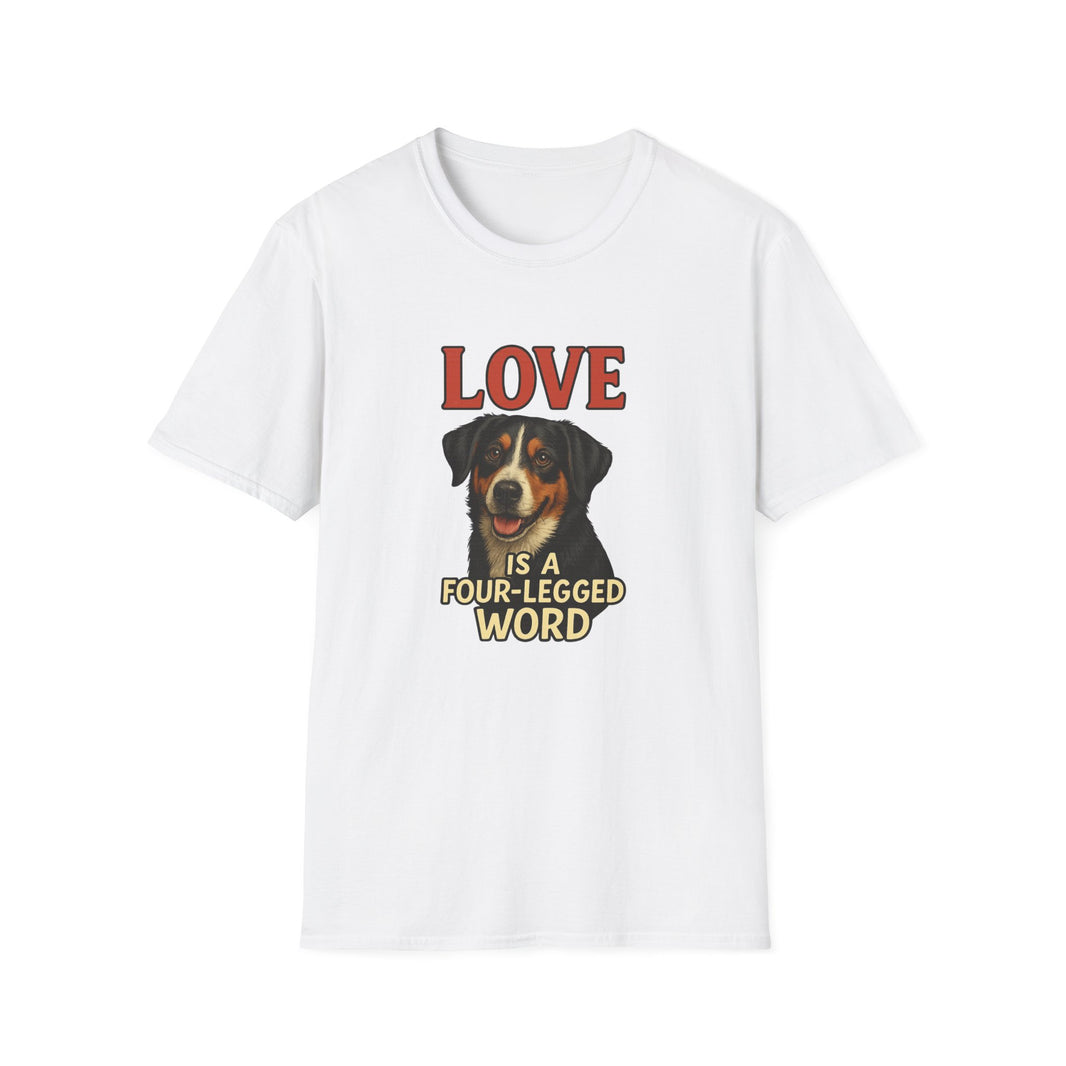
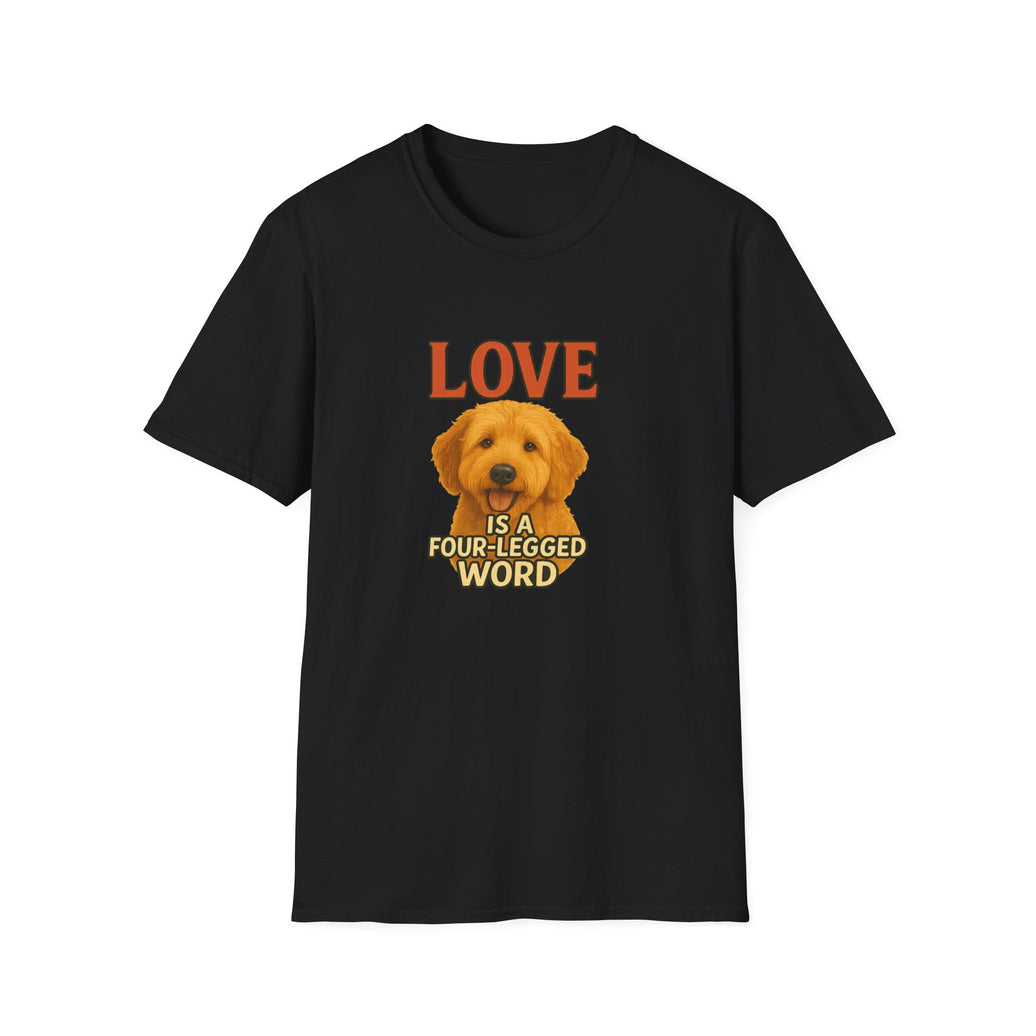
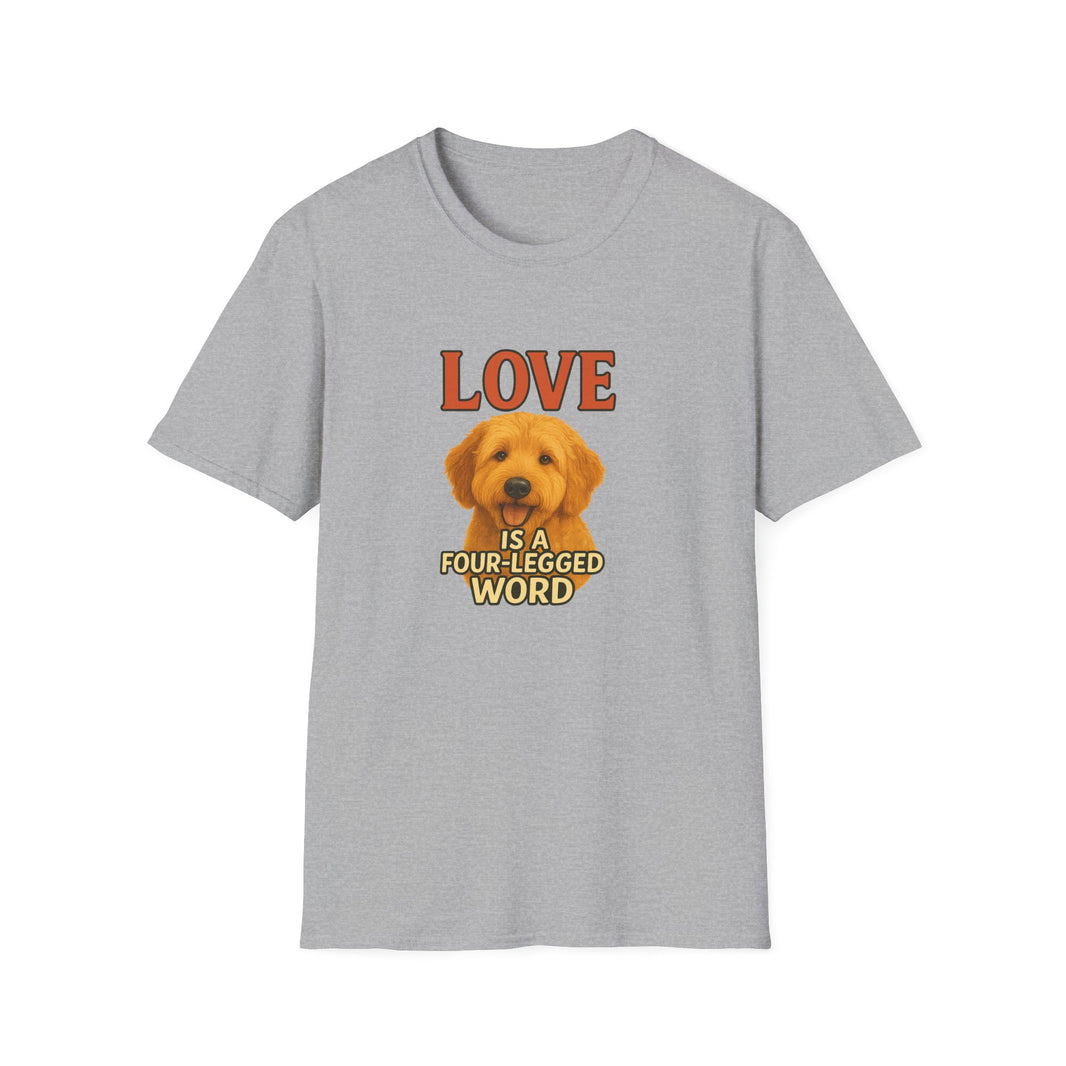


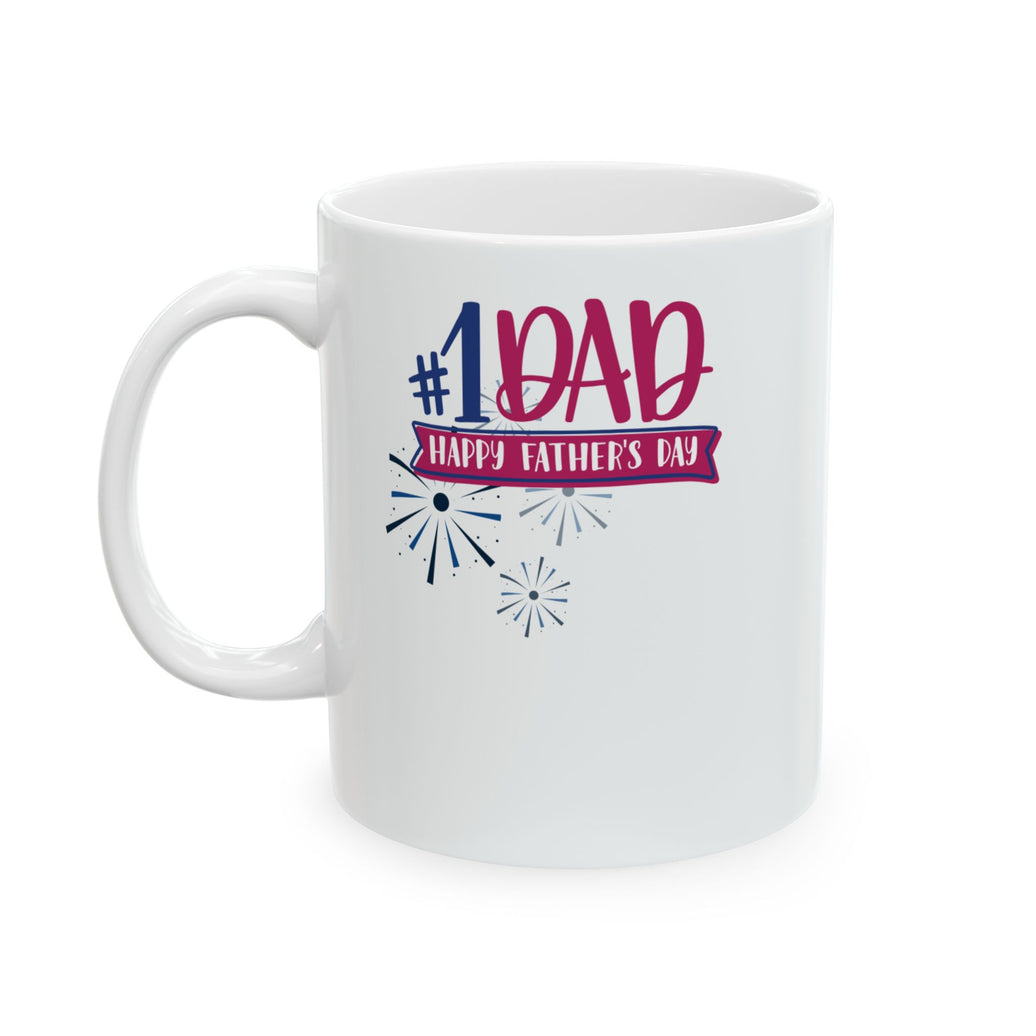
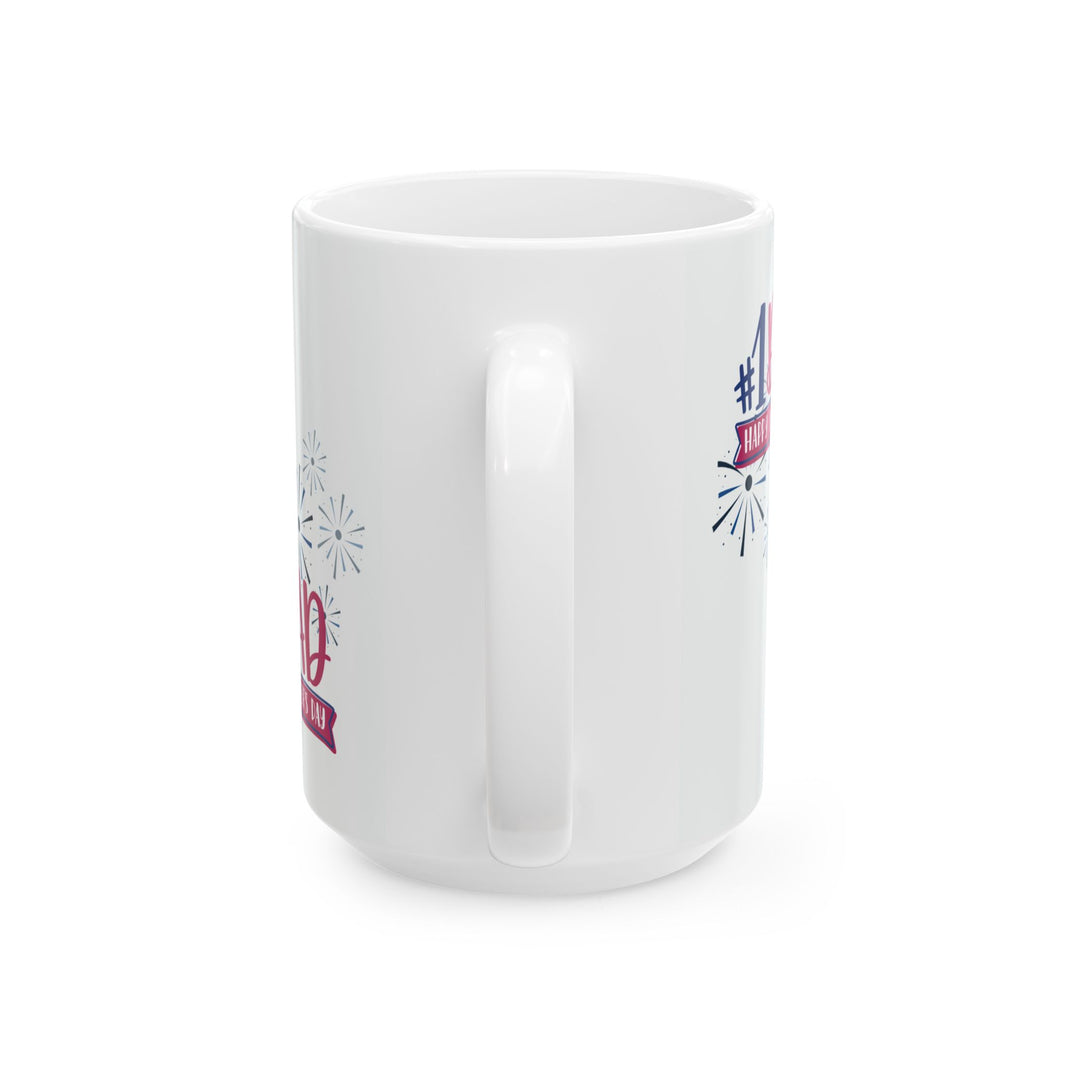


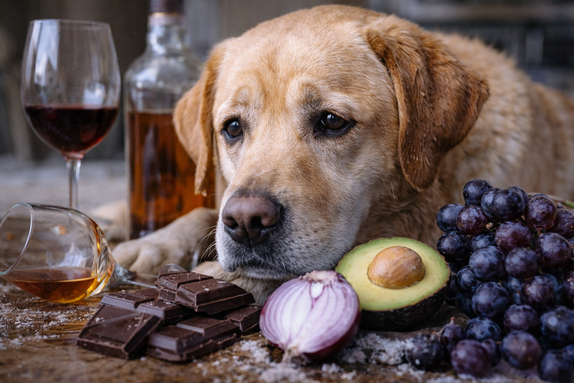
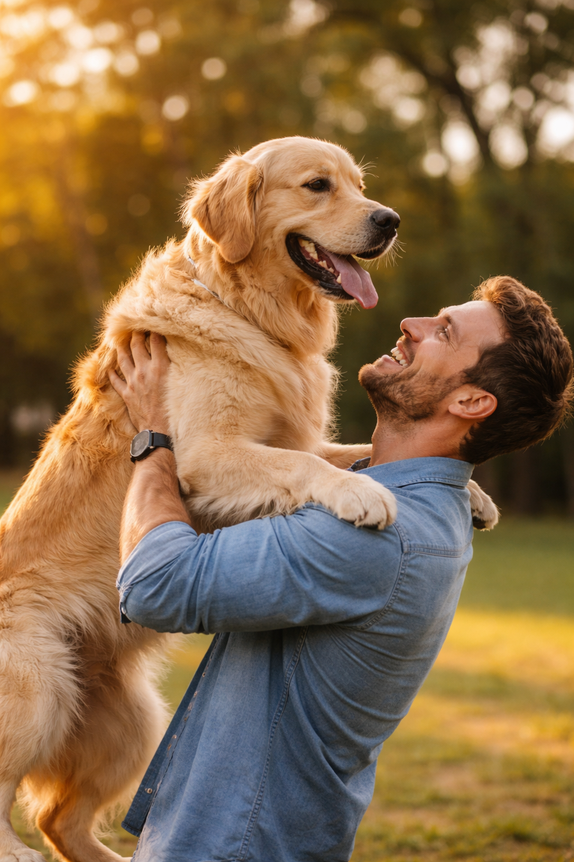

Leave a comment